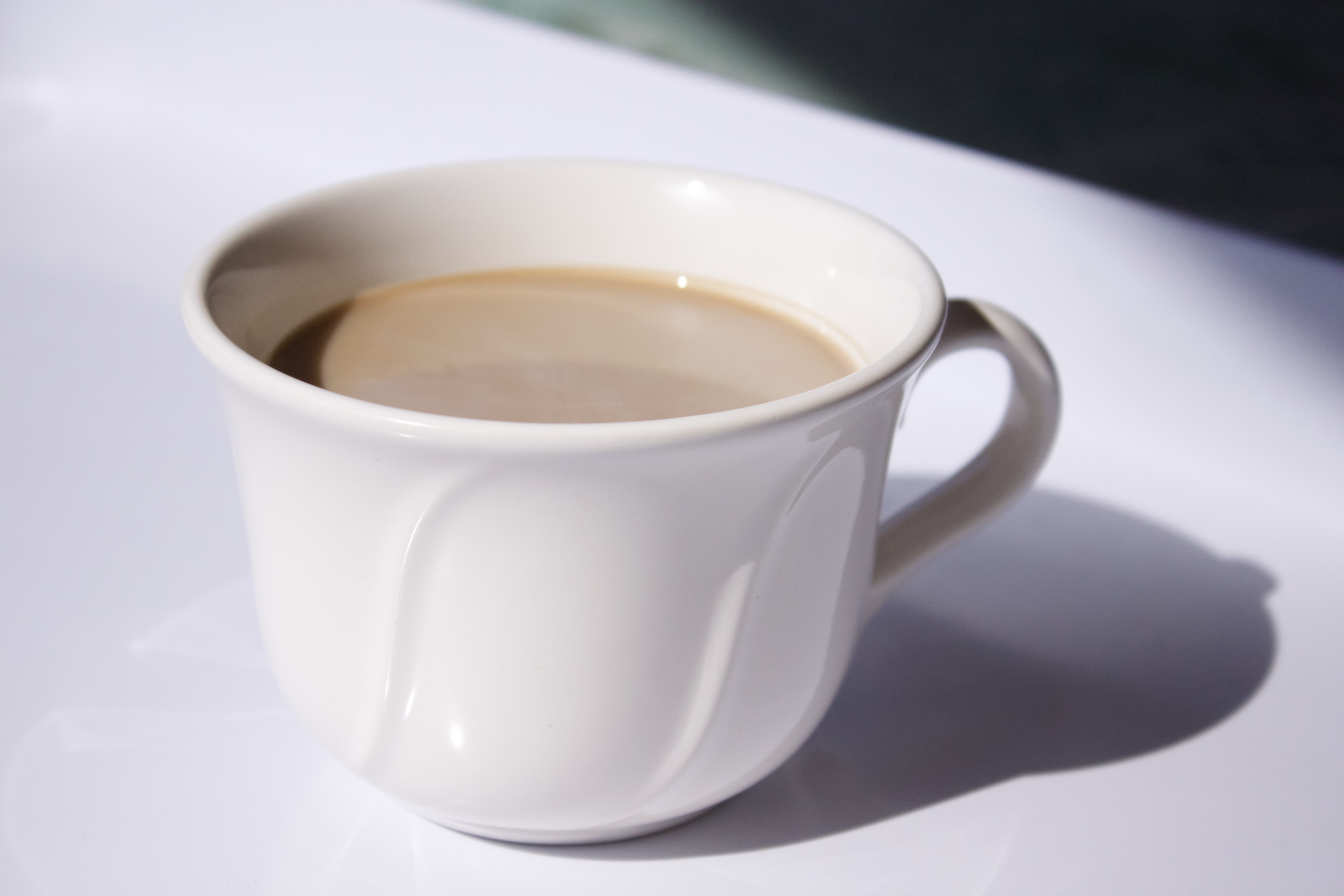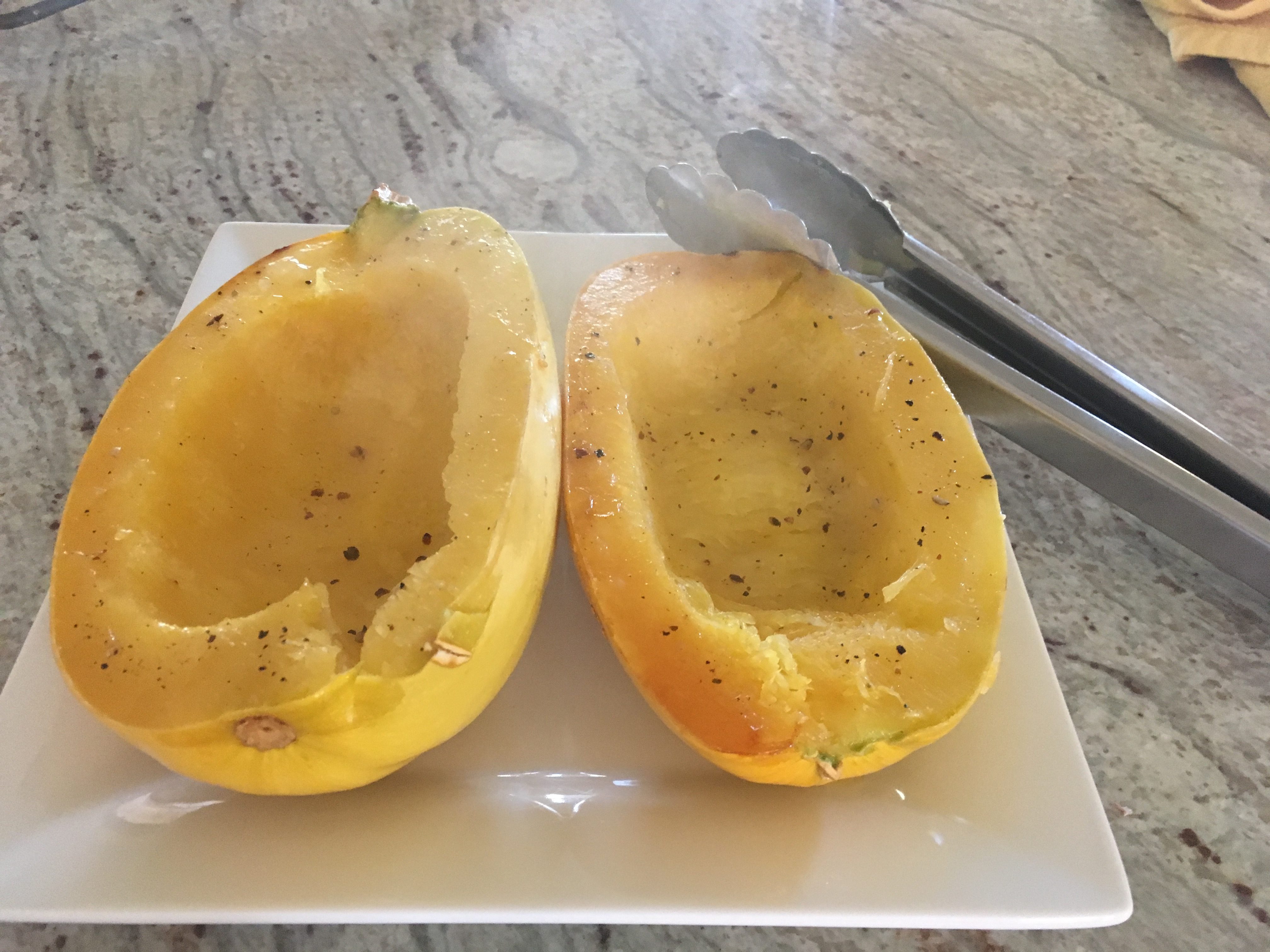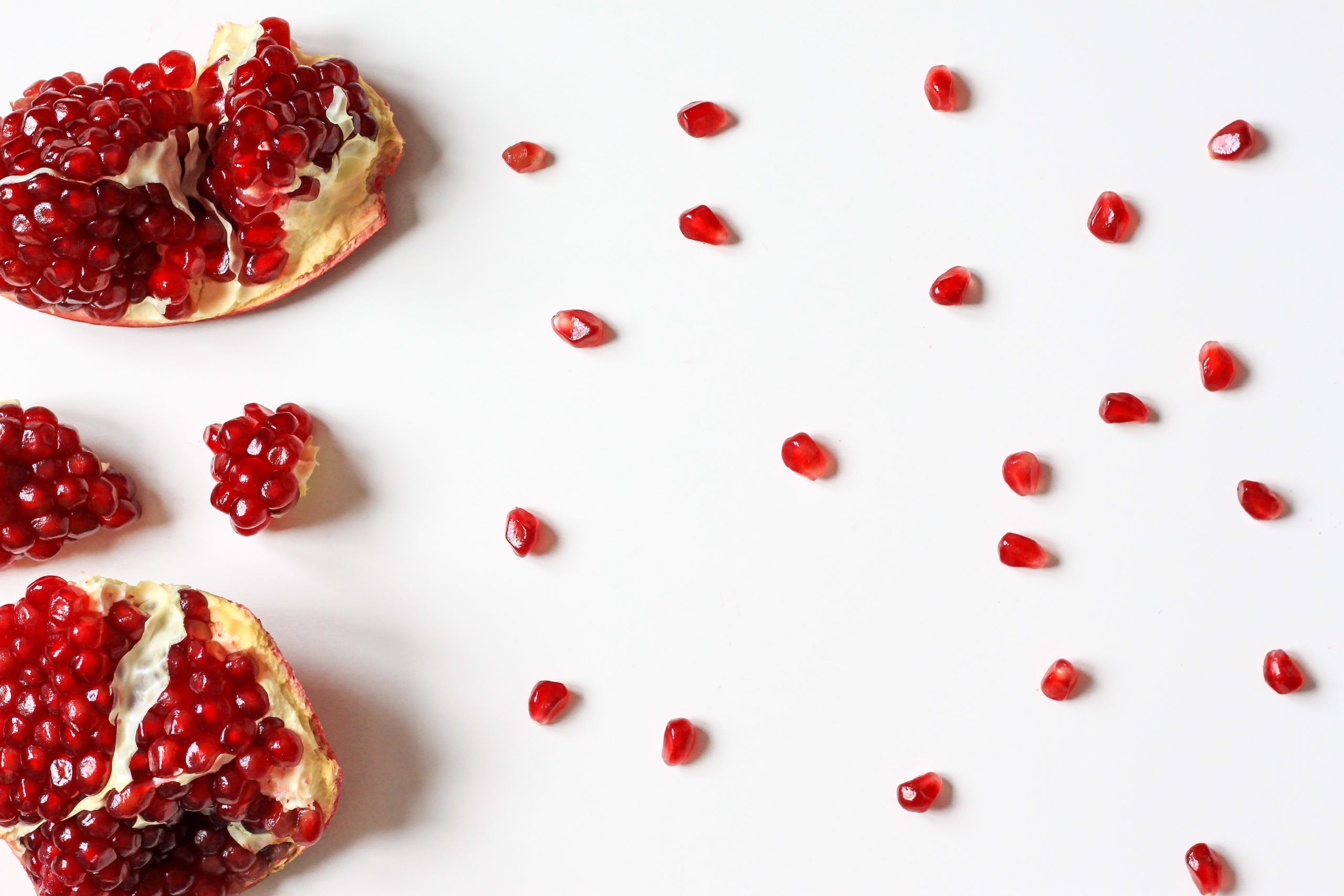Are you having carrageenan in your coffee today? Do you know what’s in your morning cup? I thought I did.
Coffee is a cozy ritual in my morning. I stumble to the kitchen to pour a cup the minute that I get out of bed. The coming day may be a crazy one full of making sure everyone gets where they need to be, but at 5:30 AM all is quiet, all is peaceful, and there is coffee.
Back in March I switched from cream to coconut milk in my coffee to comply with the Whole 30. It’s actually pretty tasty. But I was still happy to reintroduce dairy and ecstatic to find that dairy wasn’t the guilty party in the trial of my GI pain. Sipping my morning Joe with a swirl of heavy cream again was lovely. All was right in the world.
Until I read the label.
Despite being a habitual label reader, I hadn’t thought to read the cream label in the store. It was just cream. Why would cream need to have anything added to it?

Why are there other ingredients in cream? There are carrageenan, mono and diglycerides, and polysorbate 80 in the one I bought at my local grocery store. Is it just me or is this offensive to you?
I understand when I buy a processed product – like chips, cereal, salad dressing, or even bread – that there are going to be other ingredients in the product that I may not recognize. That is the reality of our the food industry today and I expect to see some additives in products.
When I buy a food with the name of that food on the label I expect to be eating that food without a bunch of chemicals added to it.
It’s pasteurized. Isn’t that enough? The organic cream and half and half that I have purchased don’t have these additives in them (although the organic heavy cream does have gellan gum), which tells me that carrageenan, glycerides, and polysorbate 80 are not necessary after all.

So what’s the scoop on these additives?
Mono and diglycerides are used as emulsifiers.
According to some sources1 these chemicals – which are made up of, in part, fatty acids – may contain trans fats. Trans fats are commonly known to cause heart disease2 and the FDA has ruled that they may not be added to food after 20183. Because glycerides are used as an emulsifier, the FDA does not, however, require the trans fats from mono and diglycerides to be included as trans fats on the label.
So if your cream has mono and diglycerides in the ingredient list – as my conventional cream did above – it may contain trans fats.
I’d prefer to skip the heart disease route if I can, so I certainly don’t want to drink that every day.
Polysorbate 80
According to the FDA4:
The food additive polysorbate 80 (polyoxyethylene (20) sorbitan monooleate), which is a mixture of polyoxyethylene ethers of mixed partial oleic acid esters of sorbitol anhydrides and related compounds, may be safely used in food in accordance with the following prescribed conditions…
The FDA may say that Polysorbate 80 is safe, but just reading this is pretty disturbing. This doesn’t sound like anything remotely considered food. I’ll pass.
Carrageenan
This one has been very controversial for some time. It is a product made from red seaweed and used to as a thickener and stabilizer.
Just last year, its approval for use in organic foods was revoked. While evidence is quiet conflicting and confusing for consumers, it appears that the FDA thinks so too, as it concludes5:
While no evidence in the available information on undegraded carrageenan demonstrates a hazard to the public when it is used at levels that are now current and in the manner now practiced, uncertainties exist requiring that additional studies should be conducted.
This doesn’t give me a warm and fuzzy on carrageenan. Neither do the many highly intelligent people6 out there who have concluded that it causes inflammation in the body. In fact, this shouldn’t surprise us. When anti-inflammatory substances are tested for effectiveness on lab rats, guess what they inject into their paw to induce inflammation? Yes, carrageenan7.
That’s the last straw.
So, what is a coffee-addicted girl to do?
Go organic. I don’t regularly buy organic dairy. We actually don’t stock milk in the house anymore and I buy non-organic cheese. But in the case of cream for my coffee – since I drink this every day – I am willing to do it. So what will it cost?
Cost for Organic
- Trader Joe’s Organic Heavy Whipping Cream – 16 oz $3.19 ($.20/ounce)
- Trader Joe’s Organic Half and Half – 32 oz $3.19 ($.10/ounce)
- Horizon Organic Half and Half (from Wal-Mart) 16 oz $3.68 ($.12/ounce)
Cost for Non-Organic (with additives)
- Food Lion Brand Heavy Whipping Cream – 16 oz $2.79 ($.17/ounce)
- Great Value Brand (Wal-Mart) Half and Half – 16 oz $1.84 ($.06/ounce)
The clear cost winner is the Wal-Mart brand half and half. Along with that great $.06/ounce price, you get some disodium phosphate, sodium citrate, and carrageenan. So many additives, so little time.
And the winner is…
I’ve decided to spend the extra money and either pick up the organic half and half from Wal-Mart, or get it at Trader Joe’s when I’m on that side of town. The heavy cream – while I do prefer the taste – is much more expensive and contains gellan gum. I haven’t done any research on gellan gum but I know I don’t have it in my kitchen. Half and half it is.
While I don’t buy everything organic, if I’m going to eat something everyday, it’s worth a little extra time and expense to me to make sure that it’s not making me less healthy. And I don’t want to think about the chemicals in my morning coffee.
We also can use our choices as a vote to let food companies know that we prefer foods without unnecessary additives. As the demand for cleaner foods has increased, we can see food companies working to meet to that demand. That’s why I can buy organic half and half at Wal-Mart and why the food companies So Delicious, Stonyfield, and White Wave have voluntarily removed carrageenan from their products.
In this day of prolific chemical additives, how do you decide what to accept and where to draw the line? Are there certain additives that you won’t eat? Certain foods that you want to make sure are clean? I want to know!
Footnotes:
1. http://www.livestrong.com/article/445850-what-is-bad-about-mono-diglycerides/
2. https://www.cdc.gov/nutrition/downloads/trans_fat_final.pdf
3. https://www.fda.gov/food/ingredientspackaginglabeling/foodadditivesingredients/ucm449162.htm
4. https://www.accessdata.fda.gov/scripts/cdrh/cfdocs/cfcfr/CFRSearch.cfm?fr=172.840
5. https://www.fda.gov/food/ingredientspackaginglabeling/gras/scogs/ucm261246.htm
6. https://www.prevention.com/food/healthy-eating-tips/carrageenan-natural-ingredient-you-should-ban-your-diet
7. “Studies from M.I. Ortiz et al Provide New Data on Diclofenac Therapy (Synergistic Interaction of Matricaria Chamomilla Extract with Diclofenac and Indomethacin on Carrageenan-Induced Paw Inflammation in Rats).” Obesity, Fitness & Wellness Week, 26 Aug. 2017, p. 2695. Health Reference Center Academic, go.galegroup.com/ps/i.do?p=HRCA&sw=w&u=ches75568&v=2.1&it=r&id=GALE%7CA501197488&asid=467c5f270237bb18e3c231d0002069c5. Accessed 1 Sept. 2017.







Very interesting and informative. I will be checking the labels on my next half and half purchase. Who knew?
I ran across your article while researching heavy cream myself and I thank you for your insights. I would add that you can find organic heavy cream from Organic Valley at Whole Foods and possibly elsewhere (they have a locator on their website). They have two versions. One of them is just the cream, not additives.
Also, I would add that I prefer cream over half and half due to the reduced lactose content and higher fat. I’m doing keto these days and the extra fat content is appreciated.
Thank you Rob! It’s good to know that there are other places to find unadulterated cream for my coffee 🙂